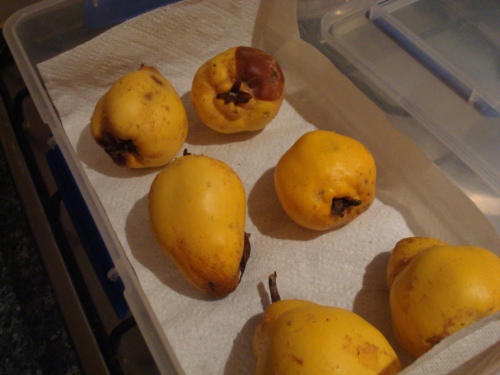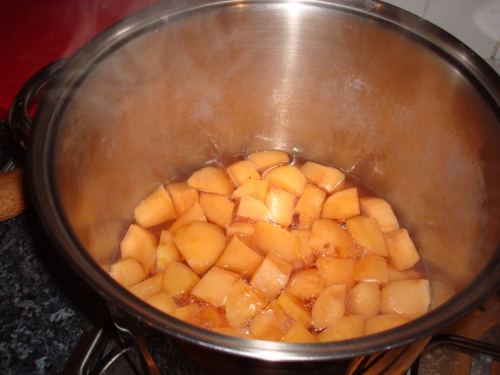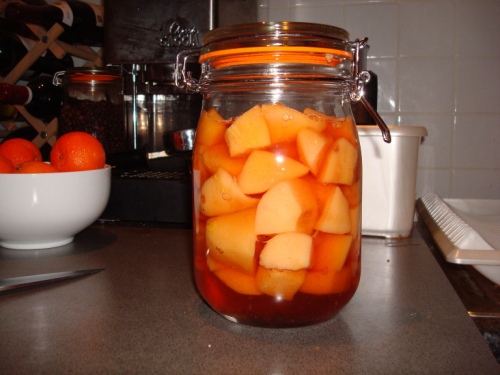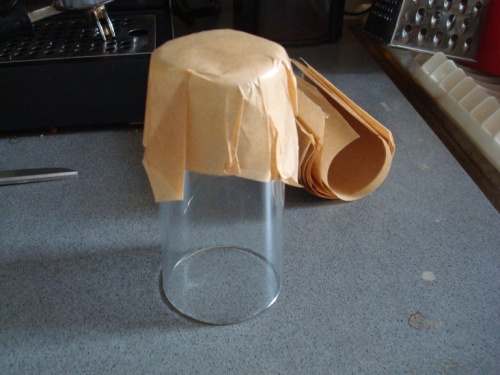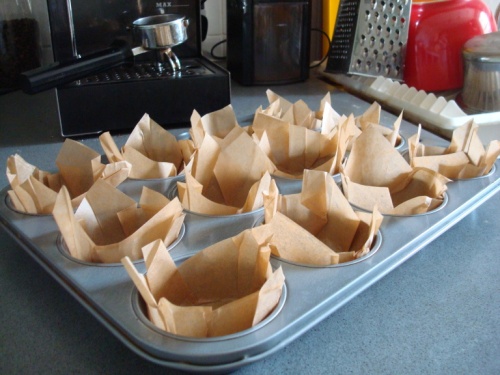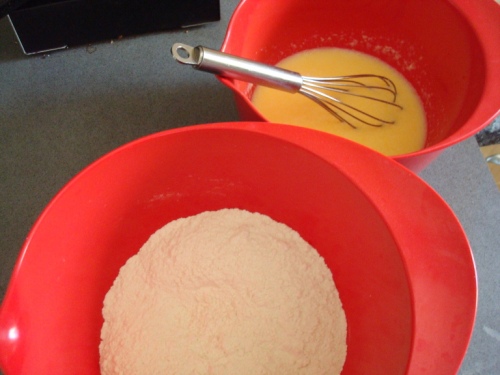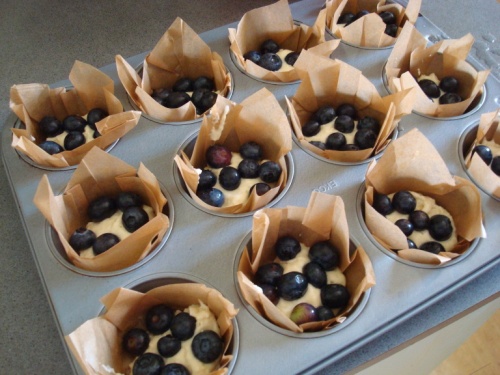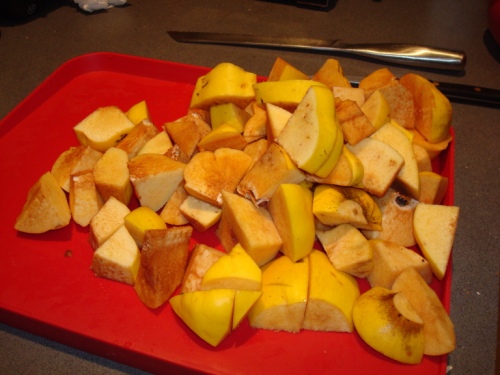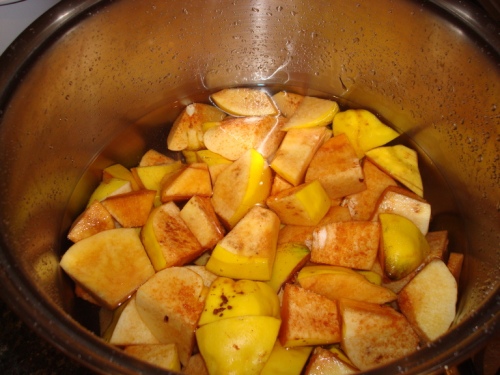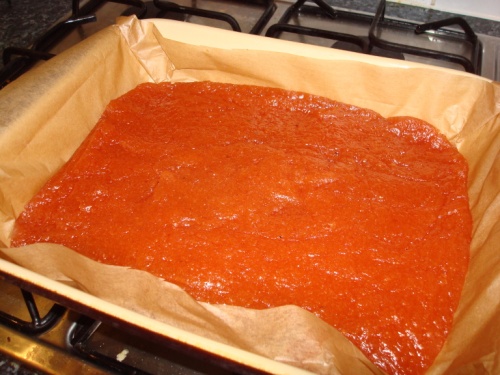
The last time I made clafoutis, it was the 90s, and Take That were performing – for want of a better word – to crowds at Wembley Arena. Oh. Wait. I see. What goes around comes around. What alarms me, even more than Take That, is that I haven’t made one of these for more than a decade, as it’s stupidly easy, stupidly quick, and can be made with just about any kind of fruit.
Beware. Strictly speaking, a clafoutis has to involve cherries. Anything else, and it’s a “flaugnarde”. There are even people who will tell you this in a huffy voice. I wouldn’t want to spoil their fun, so I proudly say “blueberry clafoutis”.
But today, it’s cherries.
Quand nous chanterons le temps des cerises,
et gai rossignol et merle moqueur
Seront tous en fête!
Les belles auront la folies en tête,
Et les amoureux du soleil en coeur.
Quand nous chanterons le temps des cerises,
Sifflera bien mieux le merle moqueur.
You’ll need a dish that is big enough to fit the cherries in a single layer. I use my quiche dish, which is ten inches in diameter, and one and a half inches deep.
I used:
- 450g cherries
- 4 eggs
- 225mL milk
- 225mL double cream
- 75g caster sugar
- a pinch of salt
- 75g plain flour
Start by stalking and stoning the cherries. I know, it’s a pain, but it can’t be helped. Pomiane suggests leaving the stones in, but then greed gets the better of you, and before you know it you’ve chipped a tooth.
Get the oven going at 200°C. Like Yorkshire Pudding, a little shock and awe will help it rise.
Meanwhile, in a large bowl, whisk the eggs and sugar together, quite vigorously, until they’ve gone a little pale and fluffy. Whisk in the cream, milk and salt and then gradually add the flour, whisking gently, ’til there are no obvious lumps. (Don’t worry about the occasional tiny lump.)
Generously butter the dish, and chuck in two teaspoons of icing sugar, giving the dish a good shake, so that the inside is well coated. Tip away the excess. This helps the pudding not to stick.
Put the cherries in the dish in a single layer. Put the dish on the shelf in the hot oven. Pour over the batter, stopping when you’re about half an inch short of the top. The tops of the cherries will be peeping through. Using these quantities, and the above mentioned dish, you’ll have a few tablespoons left over.
Leave in the oven for half an hour. It will puff up and go golden on the outside, and start to smell good. My fan-forced oven tends to give the side closer to the fan more of a tan, so you may want to turn the dish around halfway through.
Now, slip a knife in. Does it come out clean? Probably not. Close the oven door, and leave it for another five minutes, and keep repeating the test. Expect around forty minutes total. The photo at the top shows it about five minutes short of being done, so it will have much more of a tan. (Pomiane suggests turning the temperature up for the last few minutes to ensure this.)
Let it cool for about half an hour, then serve. It will collapse, but that’s fine. You could dust it with icing sugar. Some ice cream would be good at this point.
Variations
Loads. Today I chucked a tablespoon of brandy into the batter, and also a heaped tablespoon of ground almonds. Also, the caster sugar came from the jar wherein lurk the mummified corpses of a few vanilla pods. You could also sprinkle the top with flaked almonds if there were any handy.
I used to do this with Morello cherries from a jar, which is also good, and handy for the fifty weeks of the year when it isn’t cherry season.
You may want more sugar. You’ll need to double the sugar if you’re using the bitter but aromatic cherries you sometimes see from the East.
It’s also very good with raspberries or blueberries.



